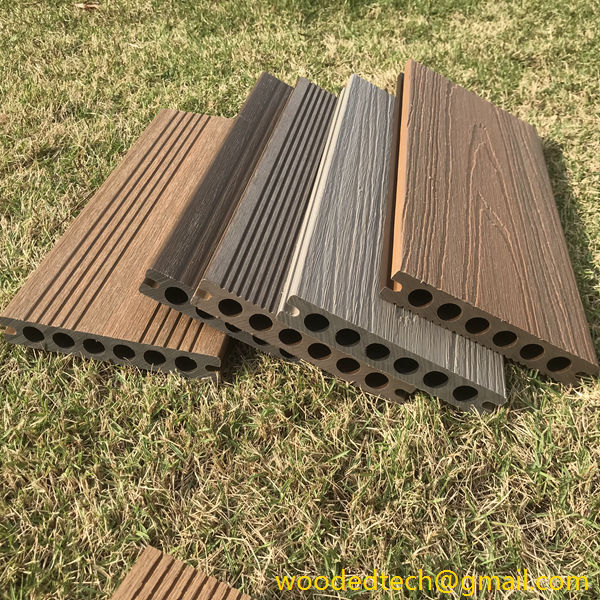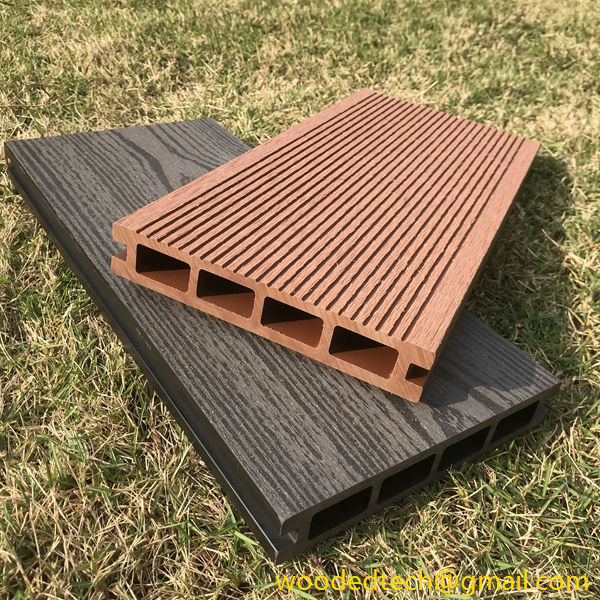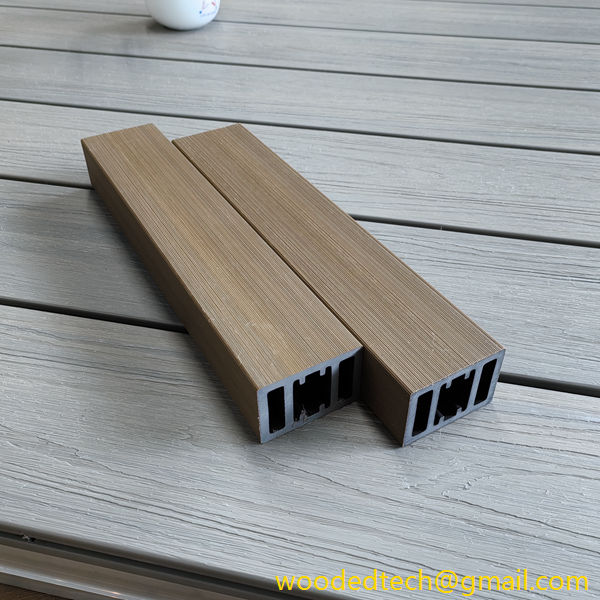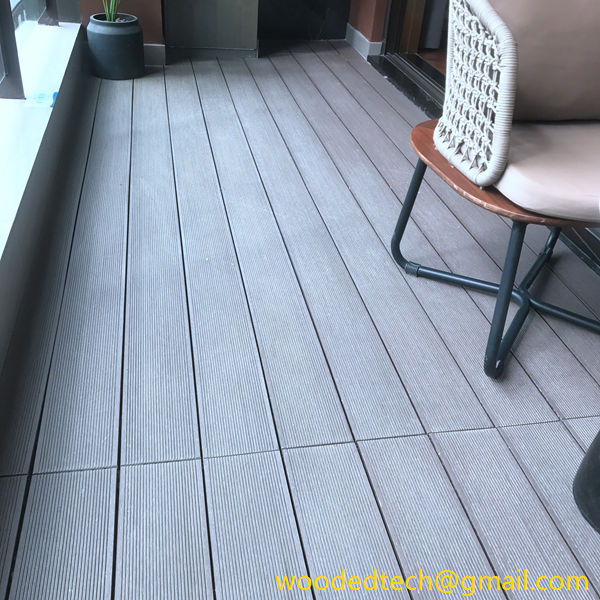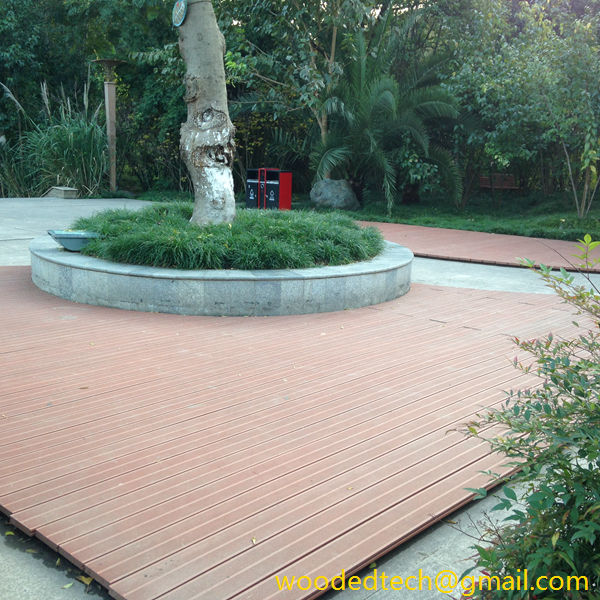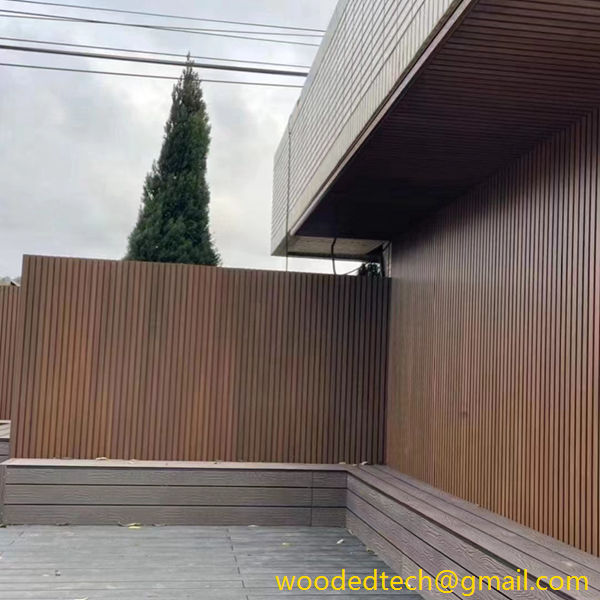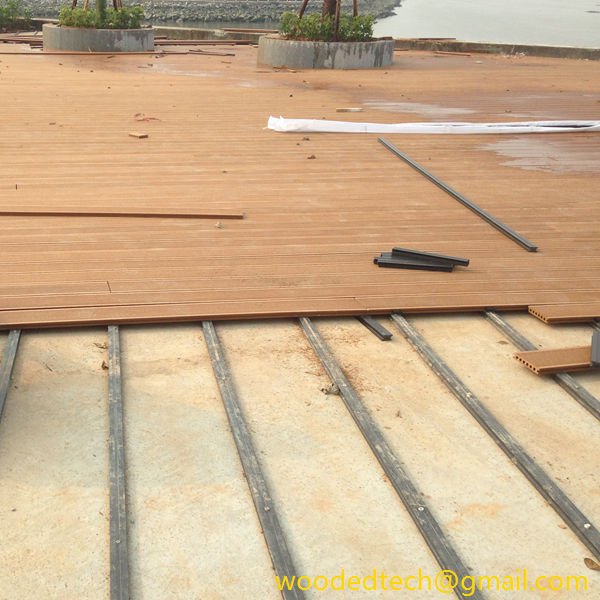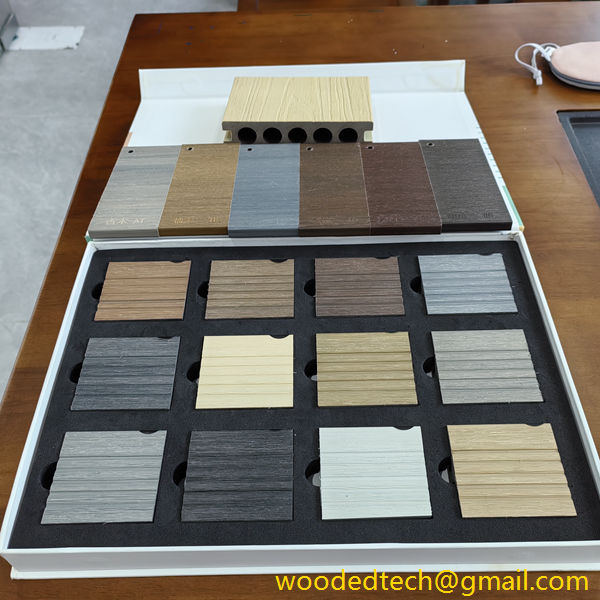Weighing the Pros and Cons of Composite Decking for Your Needs
Weighing the Pros and Cons of Composite Decking for Your Needs When considering outdoor living spaces, decking plays a pivotal role in enhancing the aesthetics and functionality of your home. Among the various materials available, composite decking has gained significant popularity in recent years. This engineered material offers a blend of wood fibers and recycled…
Weighing the Pros and Cons of Composite Decking for Your Needs
When considering outdoor living spaces, decking plays a pivotal role in enhancing the aesthetics and functionality of your home. Among the various materials available, composite decking has gained significant popularity in recent years. This engineered material offers a blend of wood fibers and recycled plastic, creating a product that promises durability, low maintenance, and a variety of design options. However, like any material, it comes with its own set of advantages and disadvantages. In this article, we will examine the pros and cons of composite decking to help you determine whether it aligns with your specific needs and preferences.
One of the most prominent advantages of composite decking is its low maintenance requirement. Unlike traditional wood decks that necessitate regular staining, sealing, and painting, composite materials are designed to withstand the elements without such upkeep. This means that homeowners can enjoy their outdoor spaces without the burden of frequent maintenance tasks. A simple wash with soap and water is often sufficient to keep composite decking looking fresh and clean, making it an appealing choice for those with busy lifestyles or those who simply prefer to spend their time enjoying their decks rather than maintaining them.
Another significant benefit of composite decking is its durability. Made from a combination of wood fibers and recycled plastic, composite materials are engineered to resist fading, staining, and scratching. This resilience makes composite decking an excellent choice for areas that experience heavy foot traffic or exposure to harsh weather conditions. Additionally, many composite products come with lengthy warranties, often ranging from 25 to 50 years, providing homeowners with peace of mind regarding their investment.
Aesthetics is another area where composite decking shines. Available in a wide array of colors, textures, and finishes, composite materials can mimic the appearance of natural wood while offering greater consistency and uniformity. Whether you prefer a traditional look or a more modern design, composite decking can complement your home’s architecture and enhance your outdoor living space. Furthermore, many manufacturers offer customizable options, allowing you to create a unique look that aligns with your personal style.
Environmental considerations also play a role in the appeal of composite decking. As it is made from recycled materials, composite decking is often viewed as a more sustainable option compared to traditional timber decking. Choosing composite products can contribute to reducing the demand for virgin wood resources, making it an environmentally conscious choice for homeowners looking to minimize their ecological footprint. Many brands also focus on sustainable manufacturing practices, further enhancing the green credentials of composite decking.
However, despite these numerous advantages, there are some drawbacks to consider when evaluating composite decking. One notable concern is the initial cost. Composite decking typically comes with a higher price tag compared to traditional wood options. While the long-term savings on maintenance and replacement may offset this upfront investment, budget-conscious homeowners may find the initial cost to be a significant barrier. It is essential to assess your budget and weigh the long-term benefits against the immediate financial implications.
Another potential downside of composite decking is its heat retention. In direct sunlight, composite materials can become significantly warmer than natural wood, which may not be ideal for areas with prolonged sun exposure. This can make walking barefoot on a composite deck uncomfortable during hot summer days. Homeowners should consider their geographical location and the typical weather conditions when selecting decking materials to ensure comfort and usability.
Additionally, while composite decking is designed to be durable, it is not entirely impervious to damage. Heavy objects can still leave dents or scratches on the surface, and improper installation may lead to issues such as warping or buckling. It is crucial to follow the manufacturer’s guidelines for installation and maintenance to mitigate these risks. Moreover, while most composite products resist fading, prolonged exposure to ultraviolet light can cause some discoloration over time, potentially affecting the deck’s appearance.
Another aspect to consider is the potential for mold and mildew growth. While composite decking is resistant to rot, it is still susceptible to mold if not properly maintained. Regular cleaning is necessary to prevent the buildup of dirt and debris, which can create a breeding ground for mold and mildew. Homeowners should be proactive about maintaining their composite decks to ensure they remain safe and visually appealing.
In conclusion, composite decking presents a range of benefits, including low maintenance requirements, durability, aesthetic versatility, and environmental sustainability. However, it is essential to consider its initial cost, heat retention properties, potential for damage, and the need for regular cleaning. By weighing these pros and cons, homeowners can make an informed decision that aligns with their personal preferences, budget, and lifestyle. Ultimately, whether composite decking is the right choice for you will depend on your specific needs and how you envision your outdoor space functioning and looking in the years to come.

